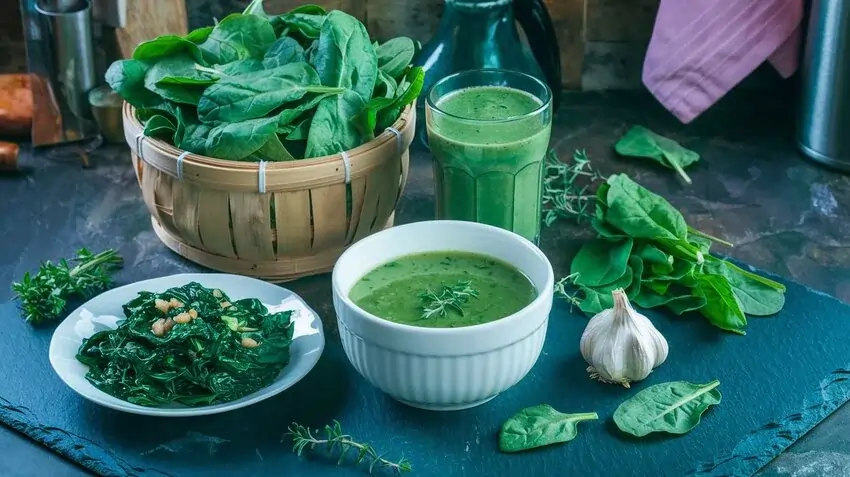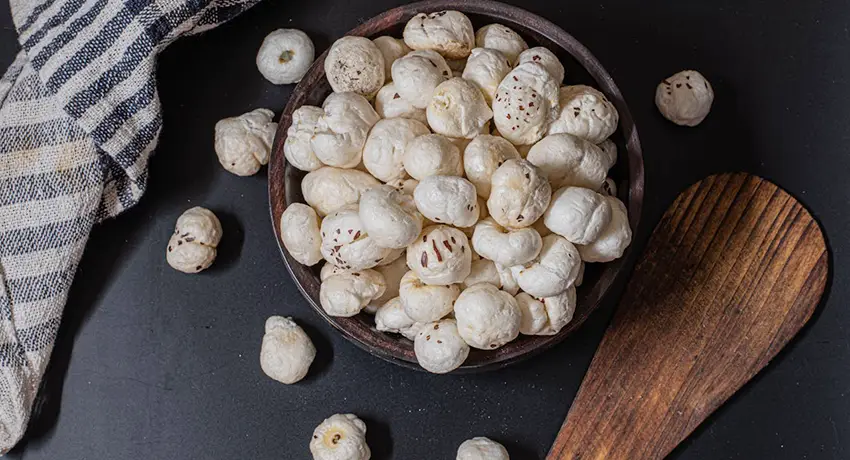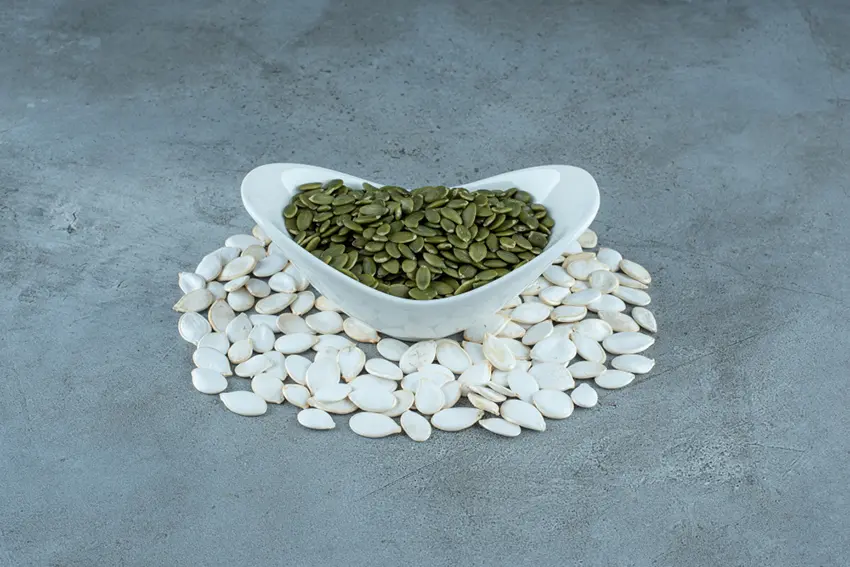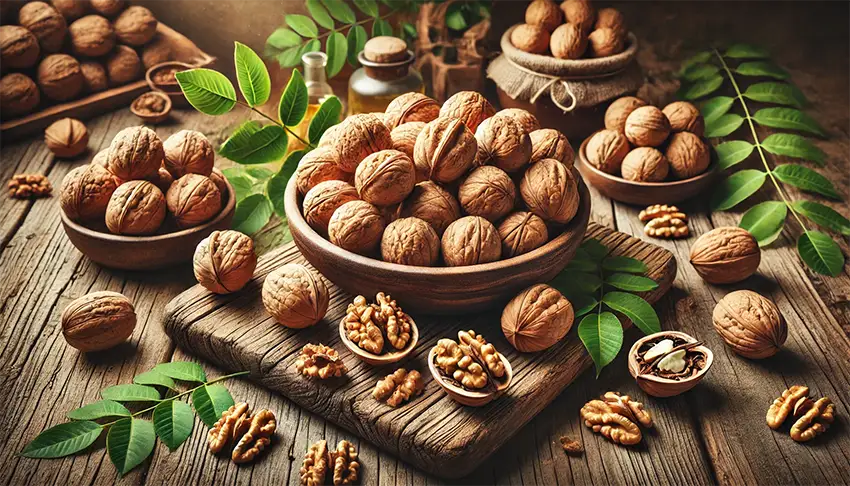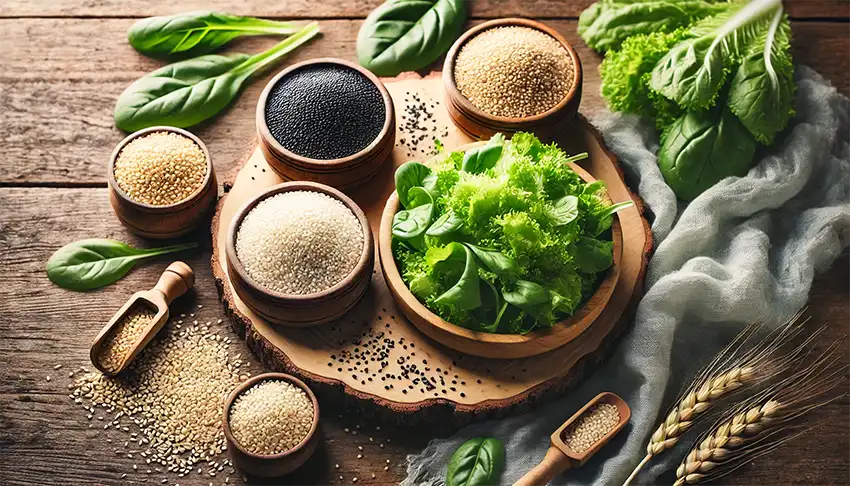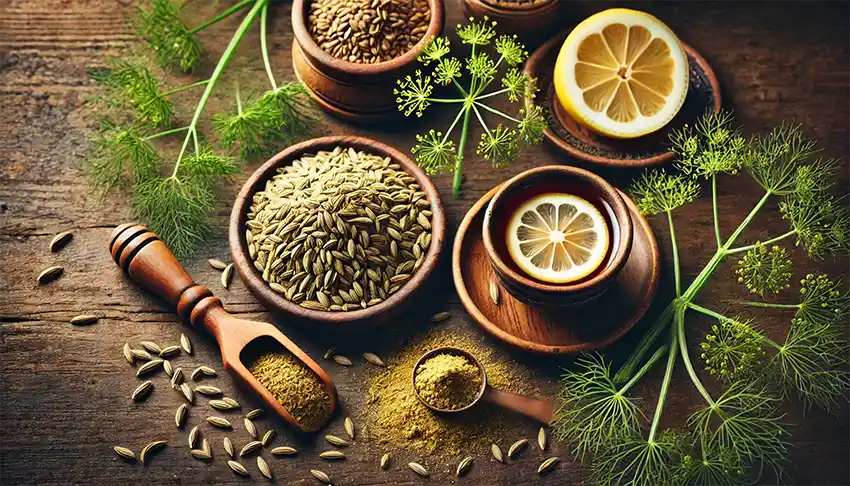Spinach: The Complete Guide to Benefits and Nutrition
Alright, picture this: you’re at the grocery store, and there’s this pile of leafy greens staring you down. Spinach—yep, that dark, crinkly stuff—might not scream “party time,” but trust me, it’s got some serious game. I used to think it was just Popeye’s thing, you know, the cartoon guy chugging cans of it for muscles? Turns out, he was onto something. The spinach benefits are way more than just a cartoon gimmick—they’re real, tasty, and honestly kind of surprising. In this chatty little guide, we’re gonna unpack why spinach deserves a spot on your plate, dive into its nutrition goodies, and figure out how to make it work in your kitchen. Whether you’re a spinach newbie or already a fan, stick around—let’s get into why this green leaf’s a big deal! So, What’s the Scoop on Spinach? Spinach, often hailed as a
Read More

